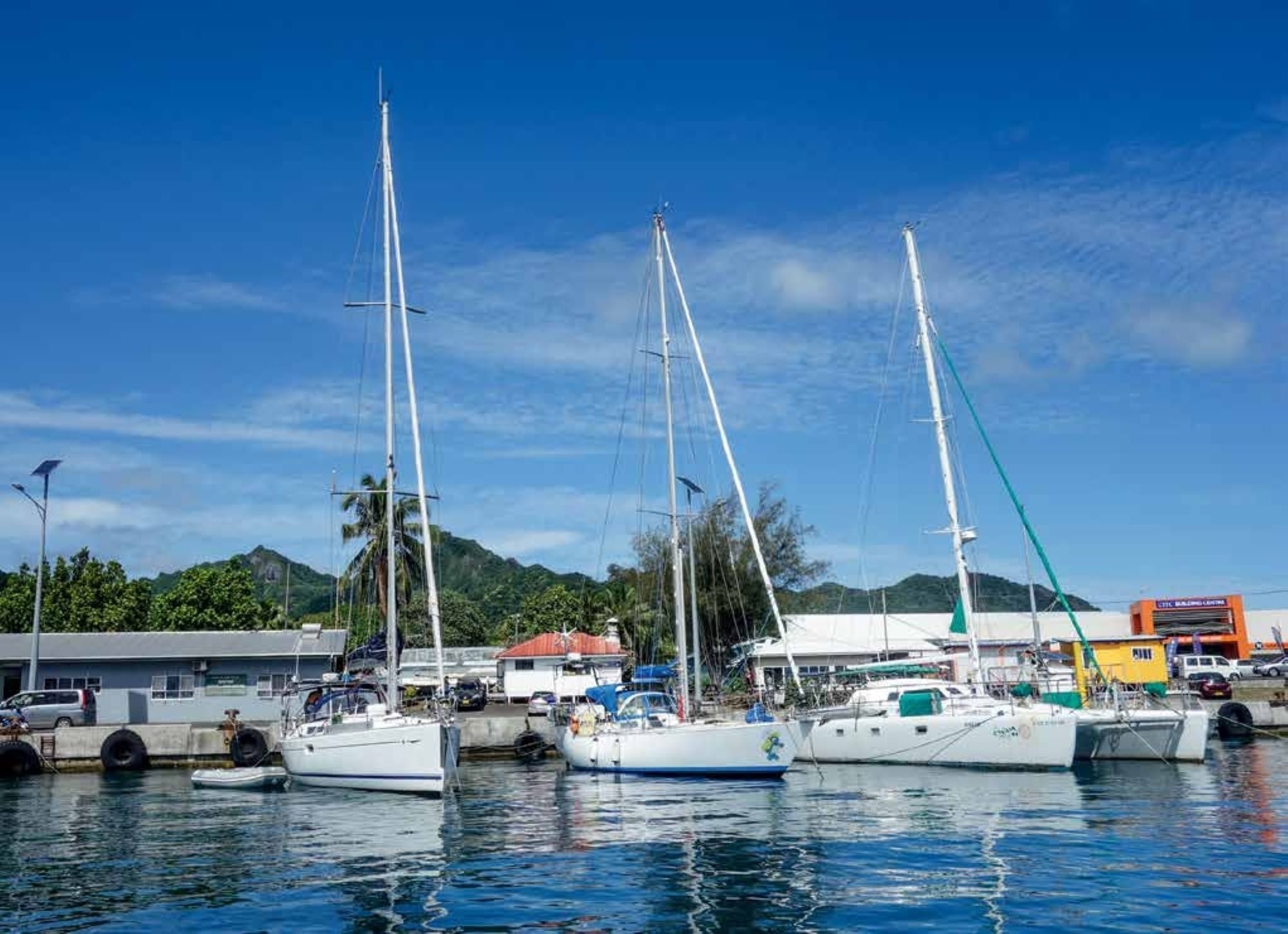

Of the large fleet of Kiwi-boats that set out each year for Fiji, quite a few sail directly to Tonga, some to the Cook Islands, but hardly any make it to French Polynesia. No wonder – getting there involves 2,000 nautical miles of boisterous westerlies. But there’s a pleasant alternative: sail to Fiji with the fleet and then go island-hopping eastwards!
In June 2016 we sailed from French Polynesia to Tonga on the well-trodden path westward with brief stops inside Beveridge Reef and in the buoy field of Niue.
In August we decided to head back from Tongatapu (21°S, 175°W, the southernmost archipelago of Tonga) to the Gambier Islands of French Polynesia (23°S, 135°W). Sailing southwards to latitude 30 or even 40 to find the westerlies and face cold weather and gales was not an appealing prospect.
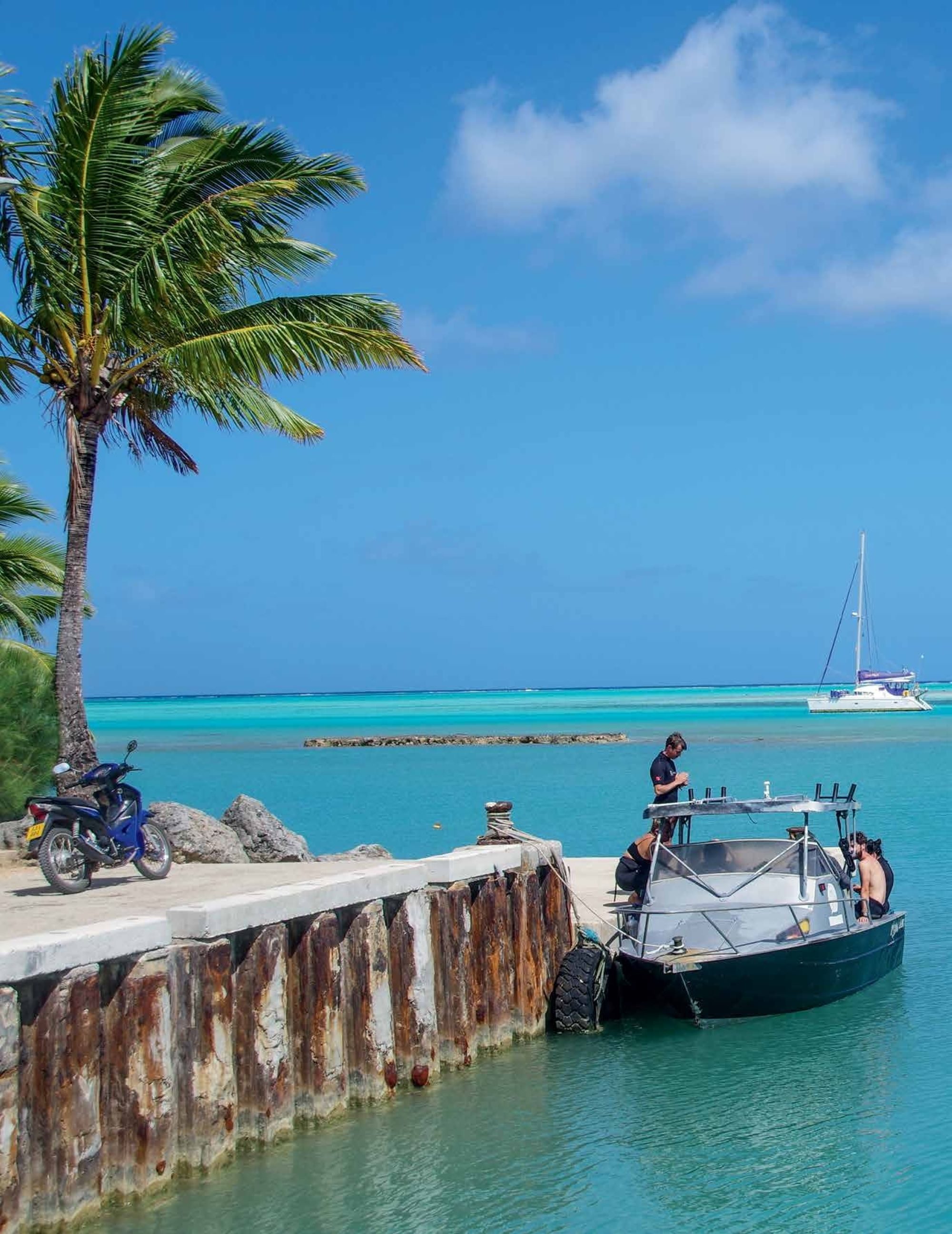
Neither did we want to sail hundreds of additional miles up to Samoa where the trade winds are supposedly lighter and from where the Society Islands (French Polynesia) lie on a better angle. The trades may be lighter up north, but they are also more persistent than in the south where they are frequently interrupted by lows. During southern winter the belt of variable winds reaches up to the fringe of the tropics, so we set out on a more or less direct route eastwards.
When other cruisers heard or read about our journey east from Tonga to Tahiti, the reaction ranged from horror to awe. On the SSB net for yachts on passage we had to repeat our course twice before the surprised net controller finally believed it: “But you’re going in the wrong direction!” People were picturing us tacking up and down, beating against the trades all the time. Yes, we were close-hauled most of the time, but we only tacked twice on the whole trip – and we found life on a heeling boat with constant sail pressure more agreeable than the constant rolling on a downwind course.
Mostly we tried to make easting during northerly or southerly winds. That happens whenever a trough moves by, and with the South Pacific Convergence Zone (SPCZ) sitting over this part of the Pacific, such wind shifts occur during the southern winter about once a week.

Our system was simple: we set out with the clocking wind, set the windvane to 45° without a fixed destination in mind and tried to reach the shelter of an island before the easterly trade winds set in again. Starting out from Fiji only adds one more leg to the trip.
Numerous islands dot the Pacific between Fiji and Tahiti, so the passages in between them are fairly short and do not require an extended weather window. The bad news is that the first leg from Fiji to Tonga is the longest – mainly because there isn’t a port of entry in the Lau group, so you have to sail straight from Savusavu or Suva to Tonga.
The good news is that there are plenty of ports of entry to choose between in Tonga, from the main island Tongatapu at 21°S, remote Haapai at 19°40’ S and the pretty, protected bays of Vavau at 18° 30’ S. If you should get into a strong southeasterly underway, it isn’t a problem as you can always aim for the lagoon of tiny Niuatoputapu up at 16°S.
Setting out from Tonga the first options for stopovers can be found at Niue (19° 01’S, 169° 56’W) and then inside Beveridge Reef (20° 00’S, 167° 46’W). Both are good places to sit out phases with adverse easterly winds, but they are more than just that.
Niue’s buoy field on the west-side of the island looks quite open and unprotected on the chart, but in fact it is snug in winds from E to SE and the raised atoll with its bizarre coral landscapes and spectacular caves is well worth some sightseeing. Anchoring inside the coral ring of Beveridge Reef in the turquoise lagoon with no land in sight is also a special – if somewhat bouncy – experience.
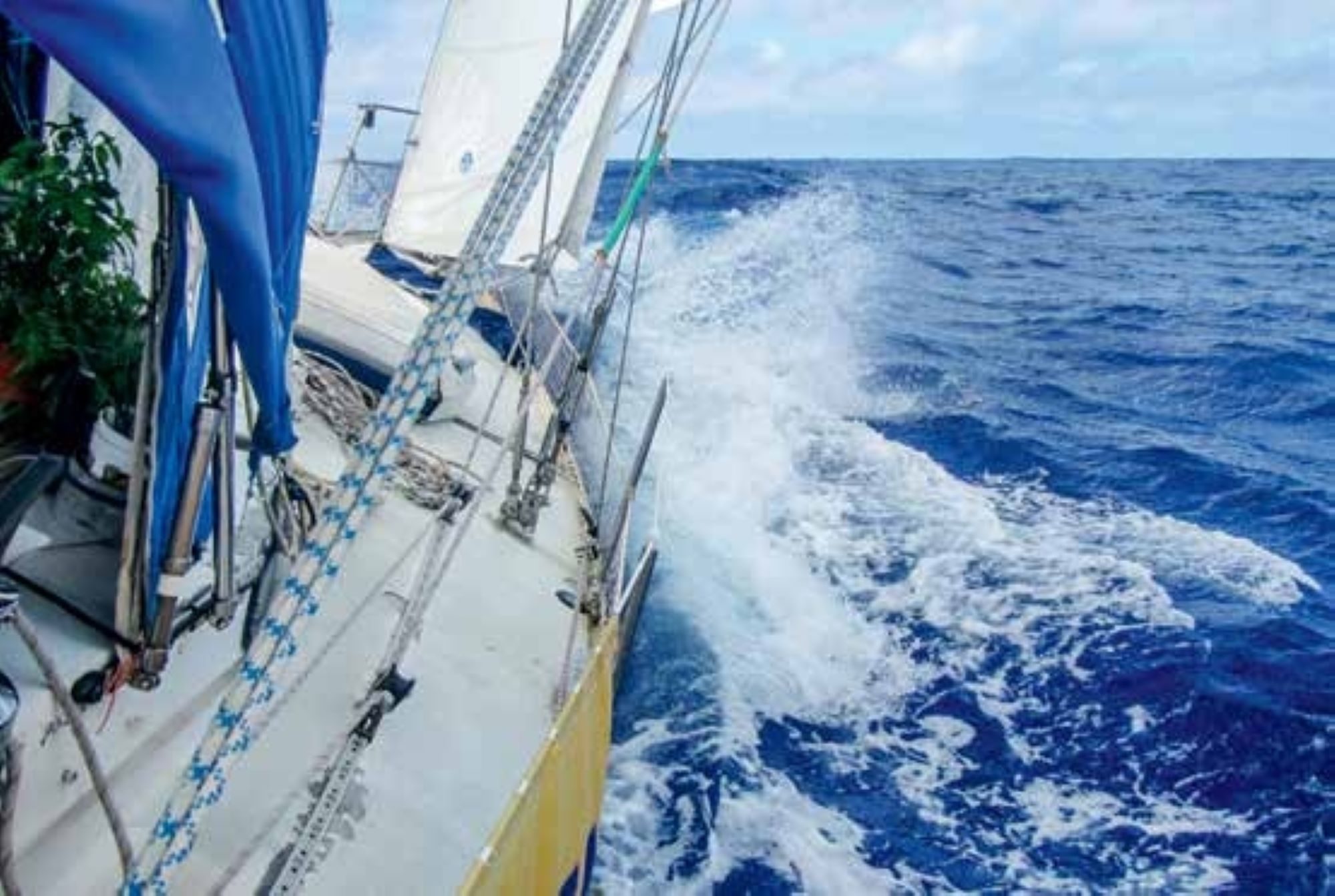

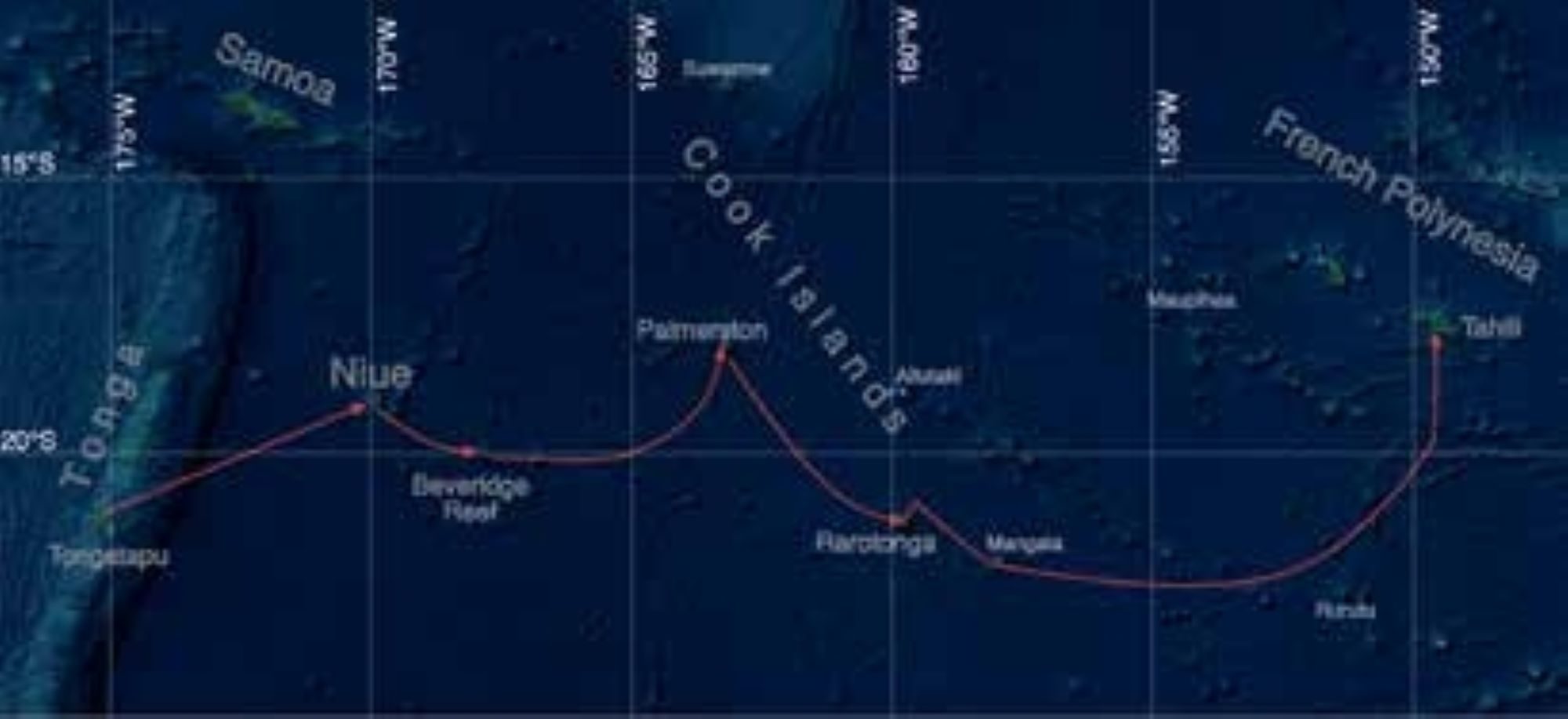
Further east, the chain of the Cook Islands stretches conveniently from north to south, so you’re bound to find one of them, whichever direction the wind chooses to blow from. Of the Northern Group the atolls of Penrhyn (08° 57’S, 158° 03’W) and Suwarrow (13° 14’S, 163° 06’W) with their navigable passes are well known, but anchoring outside the reefs of one of the tiny and seldom visited islands like Puka Puka (10° 52’S, 169° 51’W) or Manihiki (10° 24’’S, 161° 02’W) is also a special experience.
A stopover in the buoy field of Palmerston (18° 02’S, 163° 11’W) gives cruisers the opportunity to experience the hospitality of this unique community (most of the 50 islanders are descendants of William Marsters and his three wives) and get an insight into daily life on a remote atoll.
Down in the Southern Group of the Cooks, a stopover at the beautiful volcanic island of Rarotonga (21° 11’S, 159° 47’W) with its capital Avarua is a great opportunity to stay in Avatiu Harbour and explore the mountains and coastline by bus or rental car/scooter.
Aitutaki (18° 51’S, 159° 48’W) is also a popular destination, but only shallow-draft boats can make it through the reef pass into the lagoon – keel boats drawing more than 1.8m (check with the Harbourmaster – the sandbars shift constantly) can still anchor just outside the pass where the anchorage is reasonably well protected in easterly winds.
There are many more possible anchorages outside tiny atolls or islands such as Manuae (19° 15’S, 158° 58’W), Atiu (19° 58’S, 158° 08’W) or Takutea (19° 49’S, 158° 16’W) just waiting to be explored by adventurous cruisers.
In our experience authorities are very understanding concerning the special situation of an eastward-bound yacht and would not refuse anchorage to a crew during adverse winds even without an official clearance. It is, of course, also possible to hop between some of the Cook Islands to get the desired angle for the last leg towards French Polynesia.
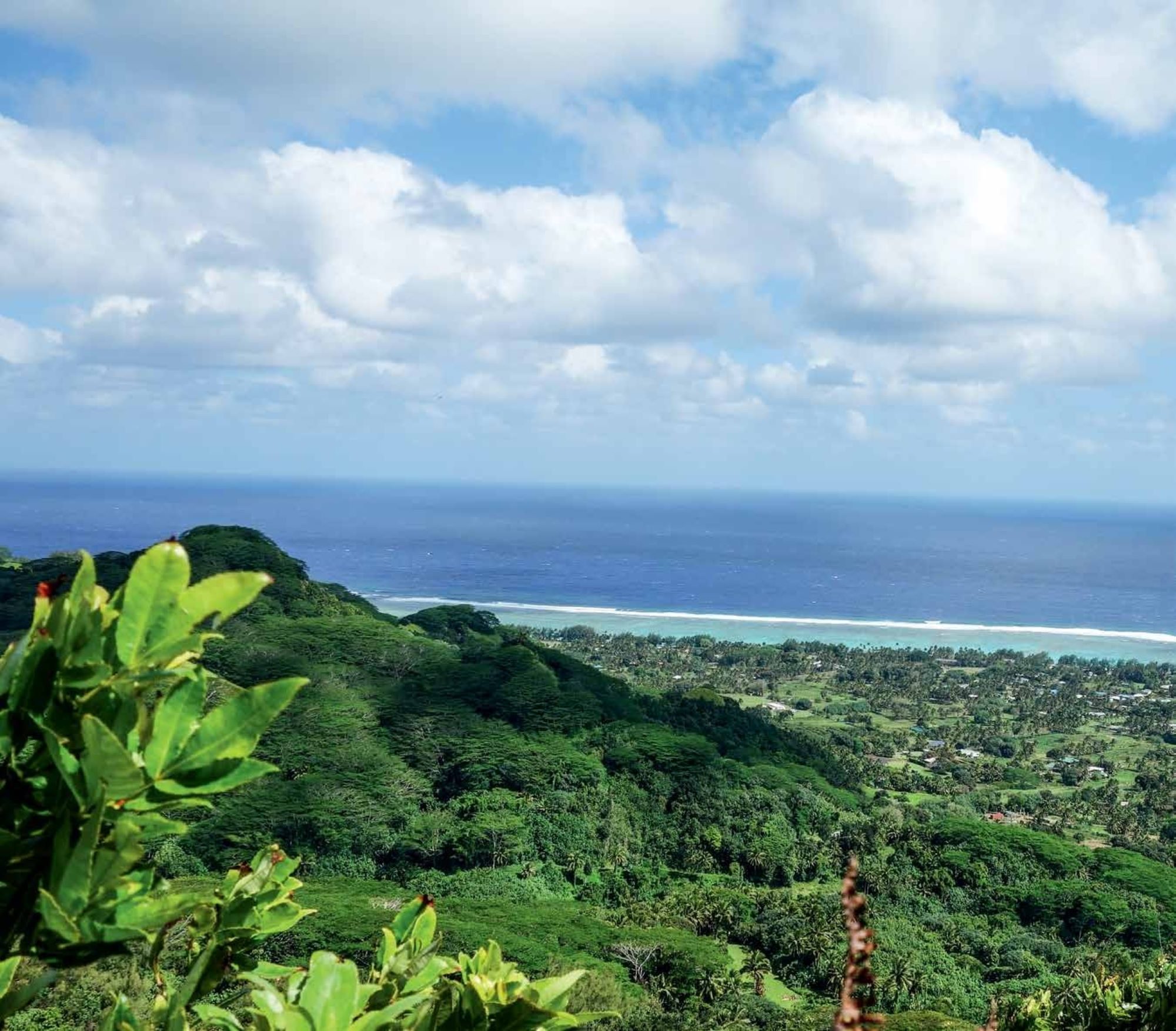
In French Polynesia landfall can be made officially anywhere in the Society Islands between Bora Bora (16° 29’S, 151° 47’W) and Tahiti (17° 34’S, 149° 37’W). If you happen to get blown too far south, you can always stop and explore the southwestern archipelago of French Polynesia: the remote Austral Islands.
The spectacular raised atoll of Rurutu (22° 26’S, 151° 20’W), the fertile volcanic island of Tubuai with a navigable, narrow lagoon (23° 20’S, 149° 30’W) and Raivavae (anchoring only in one spot in the lagoon, off the main village 23° 50’S, 147° 40’W) are ports of entry.
Many of the islands along the way have open anchorages on their western sides, so they only offer protection during easterly winds (e.g. Niue, Palmerston and Aitutaki in the Cook Islands). They are tricky to visit for westward-bound yachts as those miss out on perfect sailing conditions while the trade winds blow and as soon as the wind shifts north or west the anchorages get uncomfortable or even dangerous, but then the conditions are also suboptimal to continue the journey.
For yachts going in the ‘wrong direction’ these anchorages are perfect though. We spent jaunty days exploring ashore while the trades were blowing and as soon as our westward-bound neighbours in the anchorage started getting worried about the shifting wind, we had fine conditions to set out eastwards again.
In the end, our dreaded passage in the ‘wrong direction’ took us five weeks, but three of these were spent at anchor or on buoys exploring lovely islands. We added approximately 340nm to the rhumb line of 1500nm (Tongatapu straight to Tahiti).
We tacked only twice; usually the wind shifted conveniently to take us to the next destination. We had winds of more than 20 knots on five days and less than 10 knots on four days (we motor-sailed for 48 hours), the rest of the time Pitufa sailed in comfy 10 to 20 knots making average daily runs of 120nm.

We are lucky to have a boat that sails very well close-hauled – in fact strong winds on the bow seem to be Pitufa’s favourite conditions. Of course, we expected this trip to be hard on the gear, so thoroughly checked the rig in advance and carefully watched out for chafe and material fatigue on the way.
Especially on the first leg, the foredeck was almost constantly awash and we had to re-seal our mast boot during the first stopover. Apart from that, we had no leaks. Towards the end of the journey wear and tear started showing despite of all our precautions, but some maintenance work is to be expected after sailing more than 3000nm (Tahiti to Tonga and back).
After a visit to Tahiti, we continued our trip east via the Tuamotu Aarchipelago to spend the cyclone season in the Gambier Islands. French Polynesia generally has a low risk of cyclones and the two eastern archipelagos of the Marquesas and the Gambier have never been hit by severe storms, so they are convenient places to spend the summer, before heading west again. BNZ




